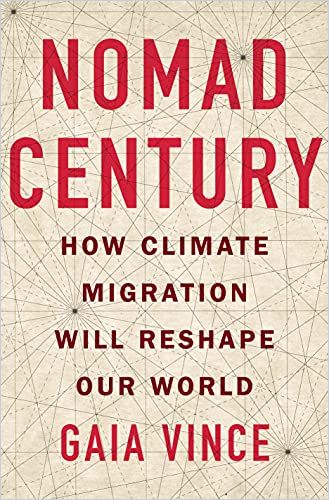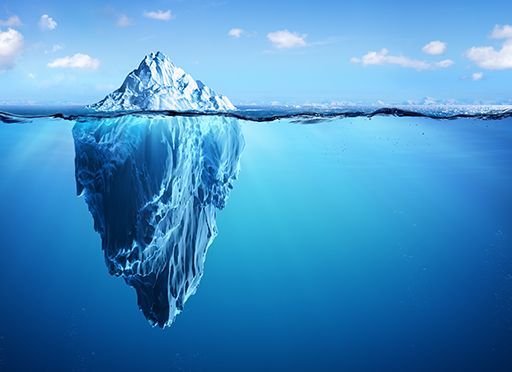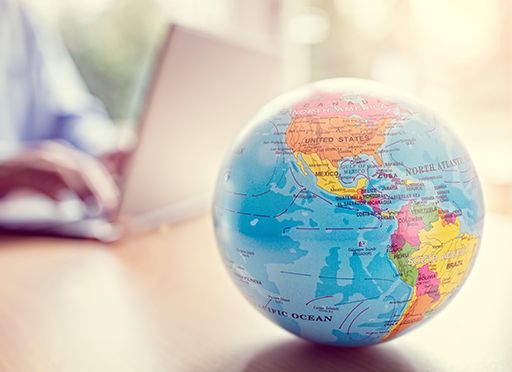Gaia Vince details how climate change will drive immigration, how immigrants help their host nations and how the world must adapt to the escalating climate crisis.

Migration and Climate Change
As climate change renders vast regions increasingly risky or even uninhabitable, more than a billion people will move to safer areas. Today’s anti-immigrant policies will prove deadly for climate refugees, argues Gaia Vince, an Honorary Senior Research Fellow at University College London’s Anthropocene Institute and a Fellow of the Royal Society of Arts, Manufacturing, and Commerce. Anti-immigrant policies also will sabotage the economic well-being of potential host nations, which face steep declines in their working-age population. Vince suggests practical, compassionate migration management strategies in advance of the coming wave.
Massive Global Migration
Climate change will cause extreme weather, intense heat, rising sea levels and increasingly large, frequent fires. The warming climate also will intensify social inequality and poverty. In the global south, blistering heat will render large regions uninhabitable, and people will flee to safer locations.
A great upheaval is coming. It will change us, and our planet. Gaia Vince
World migration rates have doubled since 2012, and the United Nations International Organization for Migration expects up to 1.5 billion environmental refugees to be on the move by 2050.Simultaneously, the world’s population will continue to grow in the places most vulnerable to climate crises.In northern nations, the birthrate will continue to slow, so an increasing percentage of the population will be older than 65.
Massive migration offers solutions for both hemispheres. As people in the south escape, northern nations will gain a workforce. These nations eventually will compete to attract migrants, who contribute more to a society than they consume. Nations must support those who migrate and help recipient nations absorb an influx of millions of people.
Nations need to move on from the idea of controlling migration to managing migration.Gaia Vince
People often assume that immigrants impose economic and social burdens on host countries. In reality, Vince emphasizes, immigrants create “active markets,” boosting economies and spurring innovation. Today’s migrants make up a little more than 3% of the world’s population, but they contribute around 10% of global GDP. According to the World Bank, increasing the population count of wealthy countries by just 3% – as they admit new immigrants – would produce a $356 billion rise in global GDP within a decade.
What Must Happen
Most immigrant arrivals will expand existing cities and towns. However, those who come to regions that global warming has recently rendered more habitable, such as Greenland or Siberia, will need to build new infrastructure.
Food production today takes up four-fifths of the world’s ice-free land. In many areas, food production is dropping due to climatic conditions, including droughts. Climate change threatens a third of the world’s land-based food production. Similar changes imperil the oceans as a food source.
The UN calculates we’ll need to produce as much as 80% more food by 2050 to feed an extra two billion city dwellers.
Humanity must become more prudent with Earth’s resources, particularly water. Fresh water is relatively rare, and the water currently in storage would last less than two years. This resource is unevenly distributed, with about four billion people contending with water shortages for a month or more each year. Increasingly, rainwater arrives in destructive deluges that add little to the stored water supply. Cities above the 45th parallel must build underground cisterns, following the examples of Singapore and some locales in California.
To get a handle on the climate change that is forcing migration, society must power everything with electricity, not fossil fuels. By 2040, wealthy nations must phase out gas and stop burning coal and oil. Producers must decarbonize electricity generation by relying on solar, wind and hydropower.
In the future, electric vehicles will be rentable, and people will move about in cities via electrified public transport and versions of small electric vehicles, from rickshaws to bikes. Cargo transport will utilize electrically powered high-speed rail and perhaps sail-powered ocean vessels. Blimps may carry cargo to remote areas.
Environmental Restoration
Vince explains that restoration efforts must focus on biodiversity loss and reversing climate change because improving one improves the other: Reducing temperatures encourage biodiversity; healthy biodiversity helps reduce temperatures. Other steps include diversifying the plants in gardens and refraining from mowing plants and grass. Restoration should emphasize replanting vegetation in deforested areas, reviving peatlands and marshes, and planting sea grasses and mangroves. Migration may mean that abandoned regions could restore themselves.
Coral reefs probably won’t last more than 40 more years, so humanity must craft artificial reefs to re-create their ecological role. Large-scale restoration of biodiversity will provide jobs for current residents and migrants.
We need a globally managed effort that recognizes our shared humanity on this shared Earth.Gaia Vince
Humanity must explore means of reducing heat. Proposed methods involve either capturing atmospheric carbon dioxide or limiting the solar radiation that reaches the planet. Proposed carbon capture methods include technology that removes carbon from power plant emissions and stores it in “saline or sediment-filled aquifers.” Reducing solar radiation could call for seeding the stratosphere with particles that reflect the sun’s rays.
Humanity must support oceanic phytoplankton, which absorbs a huge portion of the Earth’s carbon dioxide. Phytoplankton feed on nutrients the wind carries from deserts and disperses in the oceans. Phytoplankton growth has slowed because deserts now contribute fewer nutrients than in past centuries. Some scientists recommend seeding the ocean with iron powder, which would support phytoplankton and could help revive whale populations – their waste supports phytoplankton growth.
Start Now
Gaia Vince provides a catalog of oncoming disasters to illustrate the grim conditions fueling probable upcoming mass migrations. She also takes care to list the positive aspects of migration and the steps humanity can take to mitigate climate change – though she is clear that those mitigations will rely on, not reduce, migration. Vince argues fiercely that anti-immigration policies are short-sighted, both in terms of human compassion and host nations’ economic growth. She makes a compelling case that host countries should welcome immigrants and help other nations do the same. Vince writes with scientific clarity and moral force, making this required reading for policymakers, politicians, students and pundits as well as those who are working to block immigration.







